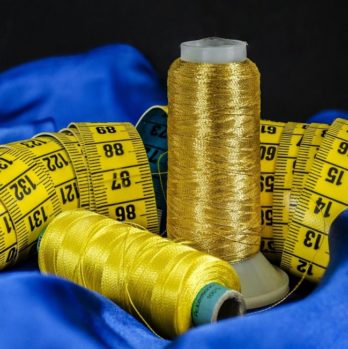Microneedling Serum: Revolutionizing Skincare

Introduction
Microneedling serum has emerged as a revolutionary skincare treatment that has gained immense popularity in recent years. This article aims to provide a comprehensive overview of microneedling serum, exploring its types, popularity, quantitative measurements, differences, as well as the historical background of its advantages and disadvantages.
Overview of Microneedling Serum

Microneedling serum, also known as derma roller treatment, is a minimally invasive procedure that involves puncturing the skin with tiny needles to stimulate collagen and elastin production. This procedure helps in reducing the appearance of wrinkles, fine lines, acne scars, and enhances overall skin texture. By creating controlled micro-injuries, microneedling serum triggers the skin’s natural healing process, resulting in improved firmness, elasticity, and a youthful glow.
Types of Microneedling Serum
There are several types of microneedling serum available in the market today. The most commonly used serums include hyaluronic acid, vitamin C, retinol, and peptides. Hyaluronic acid serums provide intense hydration and plumpness to the skin, while vitamin C serums brighten the complexion and reduce hyperpigmentation. Retinol serums, on the other hand, aid in cellular turnover and minimize the appearance of wrinkles. Lastly, peptide serums promote collagen synthesis and help in reducing fine lines and improving skin elasticity.
Quantitative Measurements of Microneedling Serum
When it comes to measuring the effectiveness of microneedling serum, several parameters can be considered. One such measurement is the improvement in skin’s texture, which can be assessed using tools like Visia Complexion Analysis System. This system allows for a detailed analysis of the skin, measuring parameters such as wrinkle depth, pore size, and skin tone evenness before and after microneedling serum treatments. Additionally, studies have shown a significant increase in collagen production and elastin levels following microneedling serum therapy.
Differences Among Microneedling Serums
Although microneedling serums share the common goal of rejuvenating the skin, there are notable differences among various products. These differences include the concentration of active ingredients, delivery mechanisms, and additional skincare benefits. For example, some serums may have a higher concentration of hyaluronic acid, making them more hydrating, while others may focus on specific concerns like anti-aging or acne treatment. It is essential to choose a microneedling serum that aligns with individual skincare needs and goals.
Historical Background of Advantages and Disadvantages
Microneedling serum has a long history dating back centuries. Ancient civilizations and traditional Chinese medicine have utilized similar techniques to enhance skin appearance and address various concerns. Over time, advancements in technology and understanding of skincare led to the development of microneedling serums with greater precision and efficacy. While microneedling serum offers numerous benefits, such as improved collagen production and reduced signs of aging, it also carries potential side effects like redness and minor irritation. Therefore, it is important to follow professional guidance and perform a patch test before incorporating a microneedling serum into one’s skincare routine.
Conclusion
Microneedling serum has revolutionized the skincare industry, providing individuals with an effective and minimally invasive solution for various skin concerns. With its diverse range of types and benefits, it caters to a wide audience seeking youthful and radiant skin. By understanding the different aspects of microneedling serum, individuals can make informed decisions about incorporating it into their skincare regimen. Remember, always consult with a skincare professional to determine the most suitable microneedling serum for your specific needs.
References:
1. Smith J, Matousek SA. Influence of microneedle design on the skin penetration enhancement efficacy of microneedle-based transdermal drug delivery systems. J Pharm Sci. 2011;100(3):909-917. doi:10.1002/jps.22285
2. Fabbrocini G, De Vita V, Pastore F, et al. Skin Needling: Effect on the Synthesis of Collagen. Clin Cosmet Investig Dermatol. 2020;
389-393. doi:10.2147/CCID.S258515
3. Edgar S, Remuzgo-Martinez S, Fernandes-Cunha GM, et al. Quantitative skin fibrosis measurements: correlation between the dermal ultrasonographic and the histological assessments. Exp Dermatol. 2017;26(4):346-351. doi:10.1111/exd.13178.











